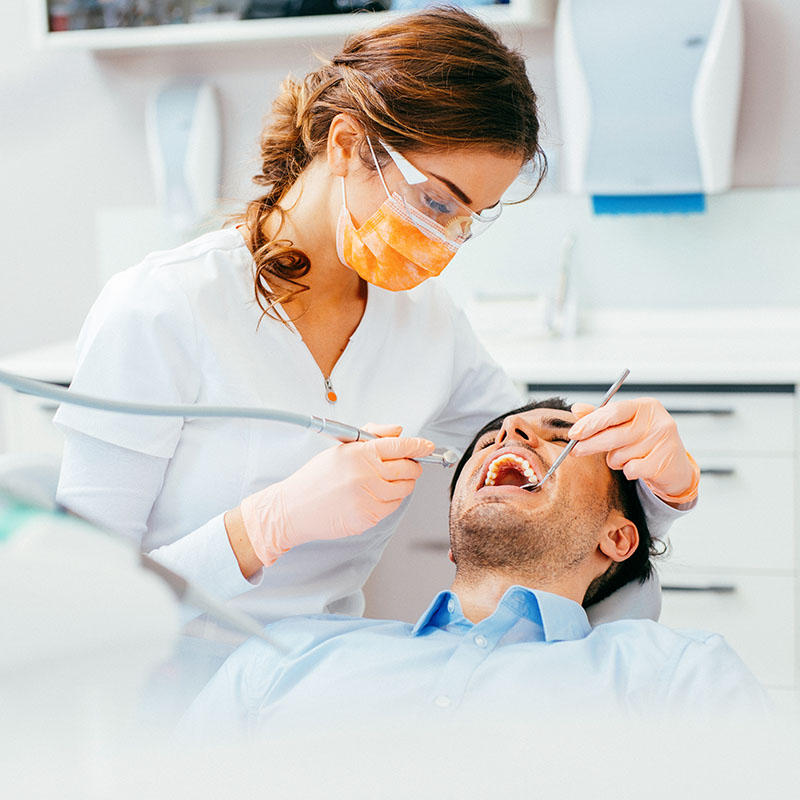About Bone Grafting
What Is Bone Grafting?
Over time, when teeth are missing, the jawbone in that area can shrink and deteriorate due to lack of stimulation. This can make it difficult or even impossible to place dental implants without additional support.
Bone grafting is a procedure that not only restores lost bone but also stimulates new bone growth. This process helps create a strong foundation for dental implants while improving both function and appearance.

Types of Bone Grafts
- Autogenous Bone Grafts (Autografts) – Autografts use bone taken from your own body, typically from the chin, jaw, hip, or lower leg. Because it comes from a living source, autografts contain natural bone cells that promote growth and healing. However, they require an additional procedure to harvest the bone, which may not be ideal for all patients.
- Allogenic Bone Grafts (Allografts) – Allografts use bone from a human donor, which is carefully processed and freeze-dried to remove moisture. While allografts don’t stimulate bone growth on their own, they act as a scaffold, allowing your natural bone to grow and fill the area over time.
- Xenogenic Bone Grafts (Xenografts) – Xenografts come from non-human sources, typically bovine (cow) bone. The material is processed at high temperatures to ensure safety. Like allografts, xenografts serve as a framework for new bone to grow but do not promote bone formation as autografts do. While allografts and xenografts eliminate the need for an additional surgical site, they may require more healing time and have a less predictable outcome compared to autografts.

Bone Graft Alternatives
Several synthetic materials provide safe and effective alternatives to natural bone grafts:
- Demineralized Bone Matrix (DBM)/Demineralized Freeze-Dried Bone Allograft (DFDBA) – Processed bone containing collagen, proteins, and growth factors to aid in bone formation, available in powder, putty, or gel form.
- Graft Composites – A combination of materials, such as collagen and ceramics, to mimic natural bone structure and encourage growth.
- Bone Morphogenetic Proteins (BMPs) – Naturally occurring proteins that stimulate bone regeneration and healing.
Each bone grafting option has unique benefits and considerations. Dr. Parsons will assess your specific needs to determine the best approach for your treatment.
